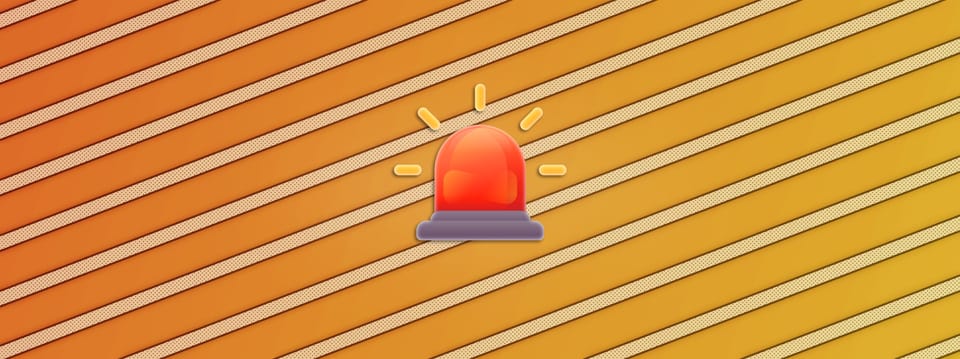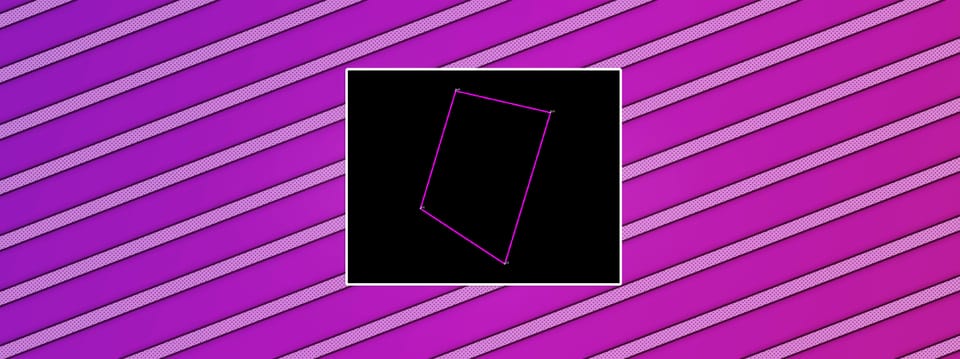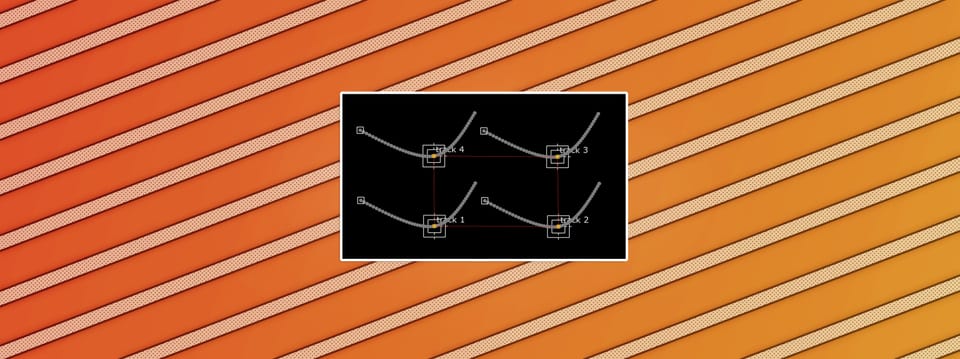The Lunar Terminator Illusion
How faraway objects should realistically be lit and cast shadows…

How faraway objects should realistically be lit and cast shadows…
The lunar terminator illusion is an effect that happens when we see both the sun and the moon in the sky at the same time, and the angle of the light hitting the moon doesn't seem to line up with the sun from our perspective.
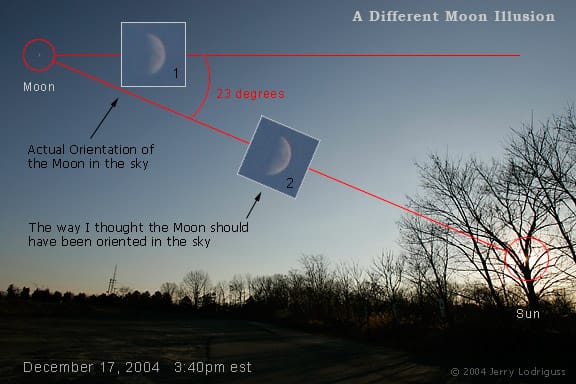
The lunar terminator illusion.
When we look at the sky, it's not like looking at a flat sheet of paper in front of us, but rather out into a three dimensional sphere. So straight lines across the sky are often projected curves which just look straight from our standpoint. And vice versa.
An airplane can be flying dead straight across the map, but the flight path will look like a curve around the Earth.
The sun will shine rays straight at the moon, but from our perspective they will appear to curve and hit the moon from a different angle.
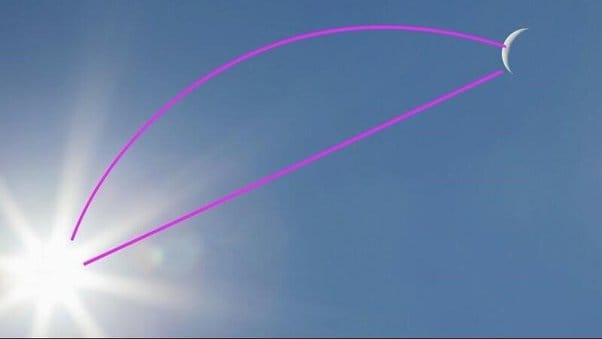
Real versus expected lighting angle.
In the picture above, the sun is not directly to the bottom left of the moon, it's waaay further off into the distance. Almost 400 times further away from us than the moon. (It's also a lot larger which makes it appear closer, tricking our brain).
So the moon is lit from far behind and top left, not directly from the bottom left. And therefore the angle of the light and the shadows on the moon don't line up in a straight line between the sun and the moon in screen space.
This is also true for other objects.
Remember To Account For Distance
When compositing for example an airplane, a spaceship, or a celestial object, think about distance when you add lighting and shadows.
As compositors, we're often so wrapped up in screen space that we forget to consider how things really relate to each other in 3D. Remember that the sun is very far away and will illuminate objects that are between you and it from behind, not from the side.
Let's say that you're compositing a spherical object high up in the sky, using a textured Sphere and a Light in Nuke's 3D system.
If the sun is visible in the frame, or positioned near the frame, such that it should be lighting the Sphere from behind, remember to push your Light further into Z, and/or rotate it.
Rotating a directional Light from the side to the back of a Sphere.
I hope you found this tutorial useful. For more Nuke tips & tricks, see Nuke.

